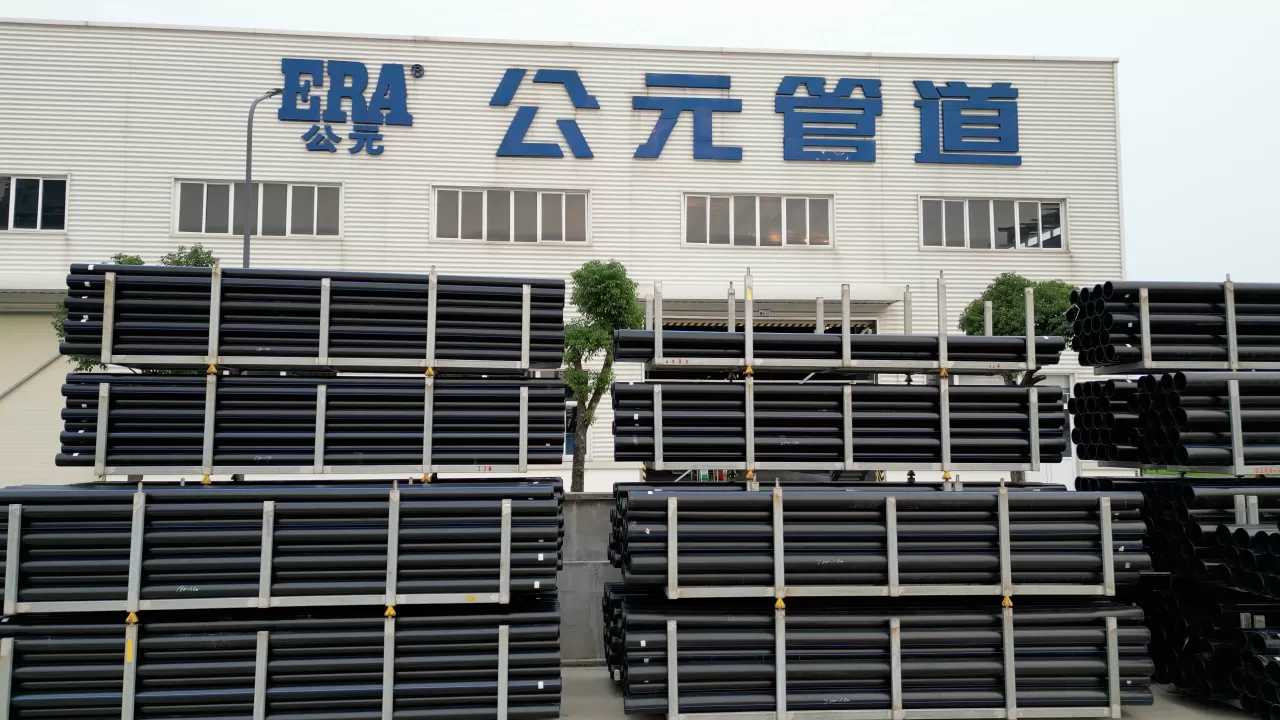In the welding construction of steel mesh skeleton pipe (PE steel wire composite pipe), grinding is a crucial pretreatment step. Its core purpose is to eliminate the surface defects of the pipe port through physical treatment, and ensure that the welding interface reaches the best bonding state. The following are the necessity, operation points and professional suggestions of grinding: 1. The core function of grinding to remove surface contaminants. Pipe transportation and storage may be contaminated with soil, oil, water stains and other impurities during the process, which directly affects the welding welding effect. Example: If the oil stain is not removed, bubbles will form during welding, resulting in leakage of the interface. Eliminate the oxide layer PE material. Long-term exposure to air will form an oxide film and hinder the fusion of molecular chains. Scientific basis: When the oxide layer thickness exceeds 0.1mm, the welding strength decreases by more than 30%. Enhance the matching degree of the contact surface. After the pipe is cut, there may be burrs and bumps in the port. Sanding can make the welding surface flat and fit. Data support: When the flatness error is 0.2mm, the welding success rate is increased to 99%. Prevent the risk of virtual welding. Unpolished pipes are prone to the phenomenon of "fake welding" during welding. The surface seems to be welded, and the interior is not fully integrated. Second, the whole process of grinding operation . Tool selection of power tools: angle grinder (with 80-120 mesh sandpaper) or special pipe sander. Manual tools: file, sandpaper (suitable for small diameter pipes). Sanding range. Sanding length: 5-10cm area from the port (covering the entire welding surface). Grinding depth: Remove the surface layer 0.1-0 mm to expose the fresh PE substrate. Operation points are evenly polished along the circumferential direction of the pipe to avoid local excessive wear. Wipe with a clean cotton cloth after grinding to ensure that no debris remains. Effect inspection Visual inspection: The welding surface is uniform matte and has no metallic luster (indicating that the oxide layer has been removed). Touch inspection: The surface is smooth and free of particles, and there are no sharp bumps or depressions. 3. Precautions and common misunderstandings Avoid excessive grinding. Excessive grinding will damage the steel mesh structure and reduce the strength of the pipe. Control standards: Grind until the PE layer has no obvious scratches, and the steel wire cannot be exposed. The environment requires that grinding should be carried out in a dry environment, and the operation should be suspended in rainy or humid environments. Temperature suggestion: 5-35 ℃, low temperature will cause the embrittlement of PE material, affecting the grinding effect. Special pipe treatment For coated pipes (such as the outer layer has a sunscreen coating), the coating needs to be removed before grinding. Large diameter pipes (DN200mm) are recommended to be mechanically polished to ensure efficiency and quality. Fourth, professional solution recommendation Hubei AD Building Materials Co., Ltd. produced steel mesh skeleton composite pipe using high-precision extrusion process, pipe port precision control within 0.1mm, greatly reducing the grinding workload. Its supporting welding construction services include:
automatic grinding equipment: precise control of the grinding depth and range through the numerical control system. Welding quality inspection: use ultrasonic flaw detector to ensure that the weld is 100% defect-free. On-site technical guidance: free grinding and welding training to reduce construction risks.
Immediate consultation: Hubei Aoyuan Building Materials Co., Ltd. Service hotline: 173-9998-9993 Official website:


